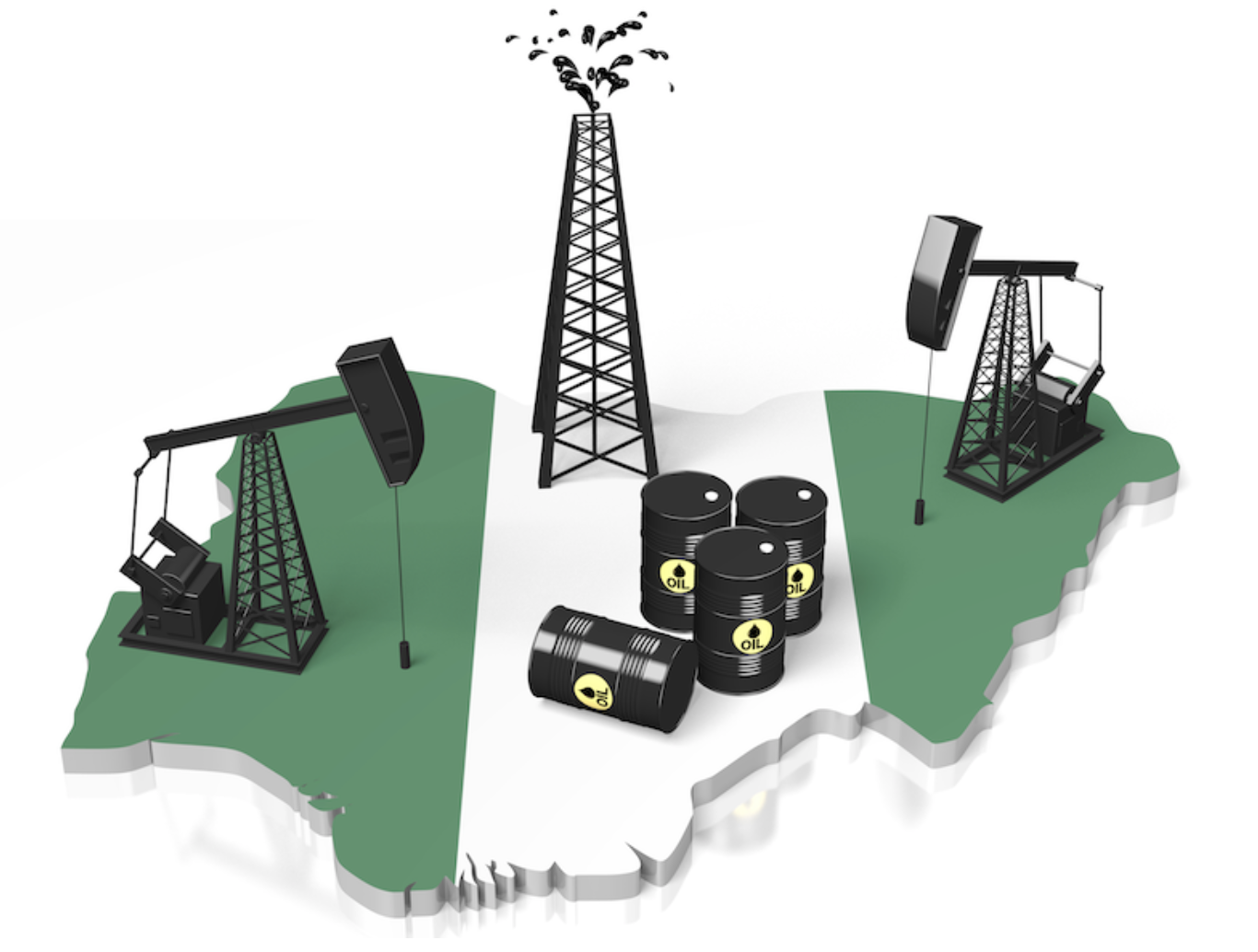Case Study: Wellbore Production - Nigeria 6
/30 Years old and as good as new.
In 1989 an operator drilled a well onshore in Nigeria using water based mud. Over the years the production in the well continued to drop and ultimately oil flow was 0 bbl/day. No further production was forthcoming.
On a number of occasions the well was acidized but all attempts to stir the well to life were in vain. The screen was completely blocked and there was also wax in the tubing.
The SAS Solution
Fast forward to 2019 and SAS Production Services chemistry is called in to try and bring the well back to life. Using our microemulsion chemistry and using our micro-dispersant for the wax the chemicals were put to work via coiled tubing in the well. The chemical blend was pumped down into the reservoir section. Injection into the reservoir was made possible by series of pump and relax sequence until the near wellbore pores opened enough to allow smooth and steady pumping rate into the formation.
After a soak period, the well was opened and measurements were taken to see if our chemistry had brough the oil flow back to life.
Results
Results show that production increased from 0 Bpd to 2,880 Bpd on 32/64” choke and with a BSW of 5%.
It goes without saying that the customer was pleased with the production gain. Four more well are coming up and we will let you know how we get on those wells.
For now, if you want to see what we can do with your well, please do get in touch. We would love to hear from you!









